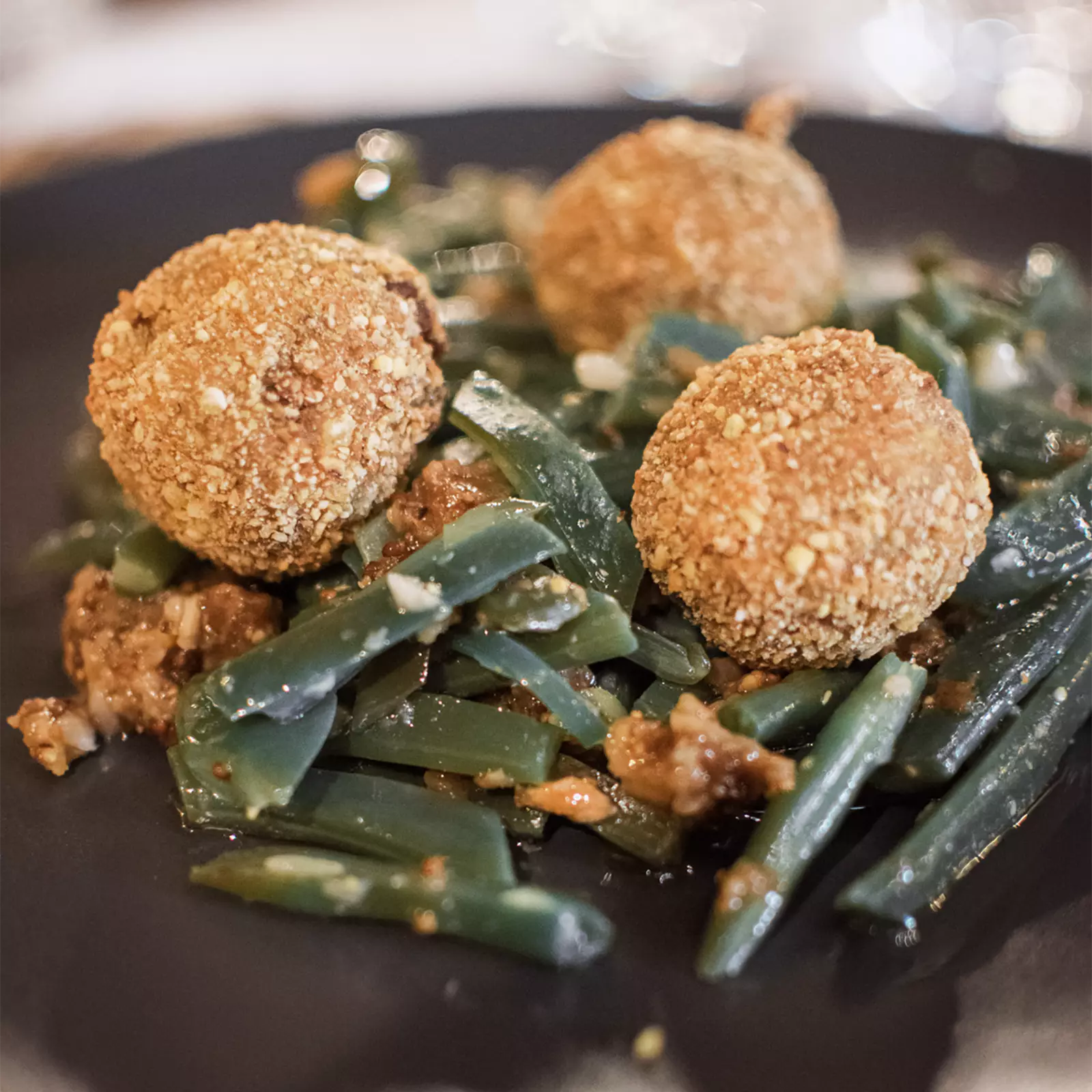
Flavors of Italica - Archaeogastronomy
In the town of Santiponce, seven kilometers from Seville, is the archaeological site of Itálica, which houses the vestiges of what was the first Roman city founded on the Iberian Peninsula, Hispania.
Italica, whose origin dates back to 206 BC, preserves part of its streets, temples, houses and mosaics and maintains the Roman theater, the old major baths and the amphitheater, which was the stage to recreate the Well of the Dragon, one of the King's Landing locations from the television series Game of Thrones.
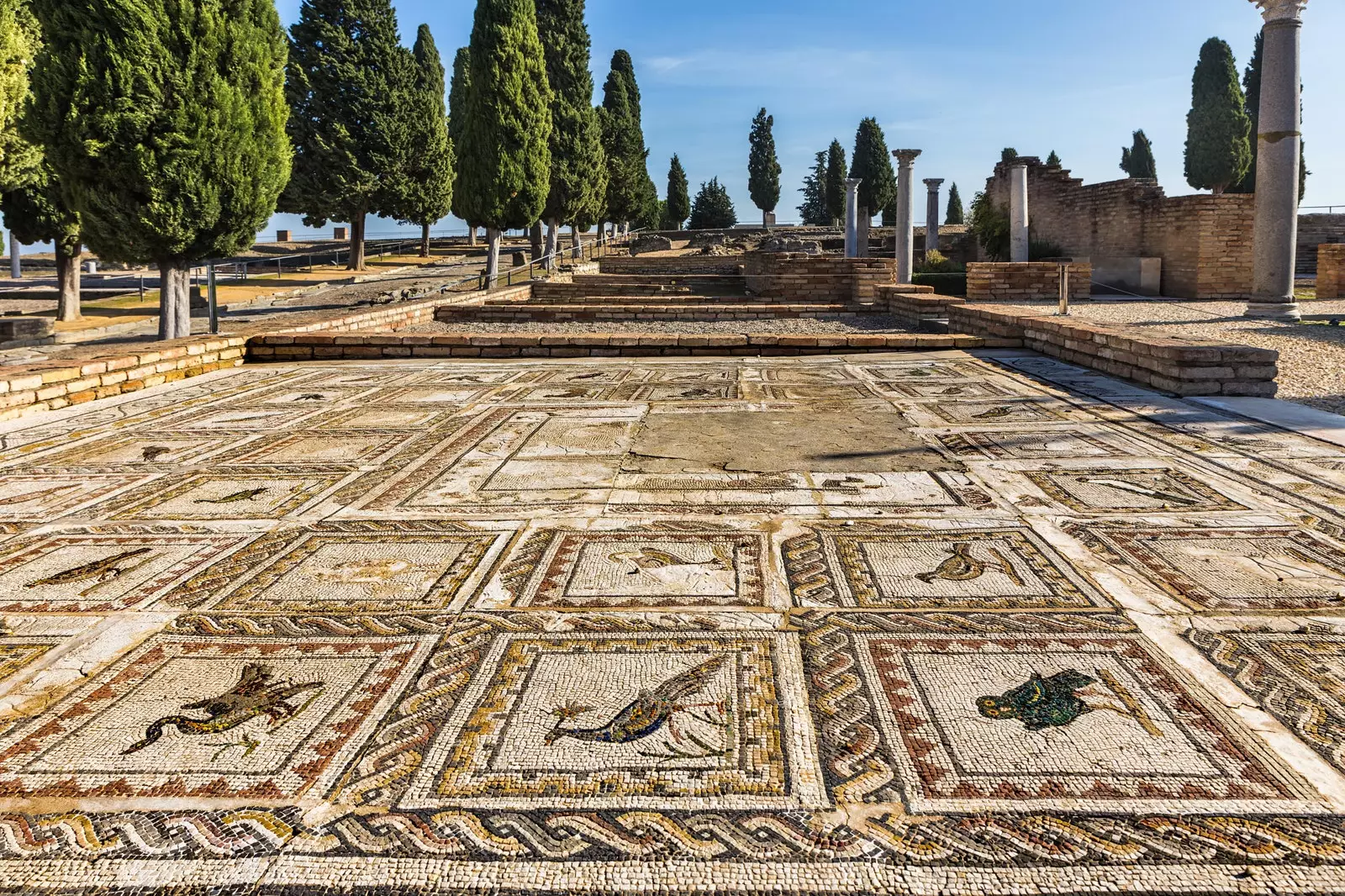
Mosaics in Italica, Seville.
ARCHEOGASTRONOMY
The archaeologist Manuel León knows of the historical attraction of this small Seville-style Rome and, beyond the traditional visit, he has promoted a day that puts the accent on the gastronomy of the Roman era.
Flavors of Itálica is an activity that, while strolling through the most emblematic places of the old city, facilitates the knowledge of the preparation and production techniques of foods such as garum, wine or bread. The commercial spaces, the tabernae, which used to be located along the perimeter of the house, the domus, and which represented an extra source of income for the owner, are also visited. Itálica is full of these places of food and consumption as exemplified by the House of the Birds or the House of the Planetarium.
The combination of cultural and gastronomic tourism is the essence of the León project, Archeogastronomy, to divulge about cooking and food in the Hispanic of more than 2,000 years ago. The tour of the archaeological complex of Italica is complemented by a excursion to the nearby Monastery of San Isidoro del Campo, a monumental enclave dating from the year 1301. But after the guided tours, it is time to know the taste of Italica.
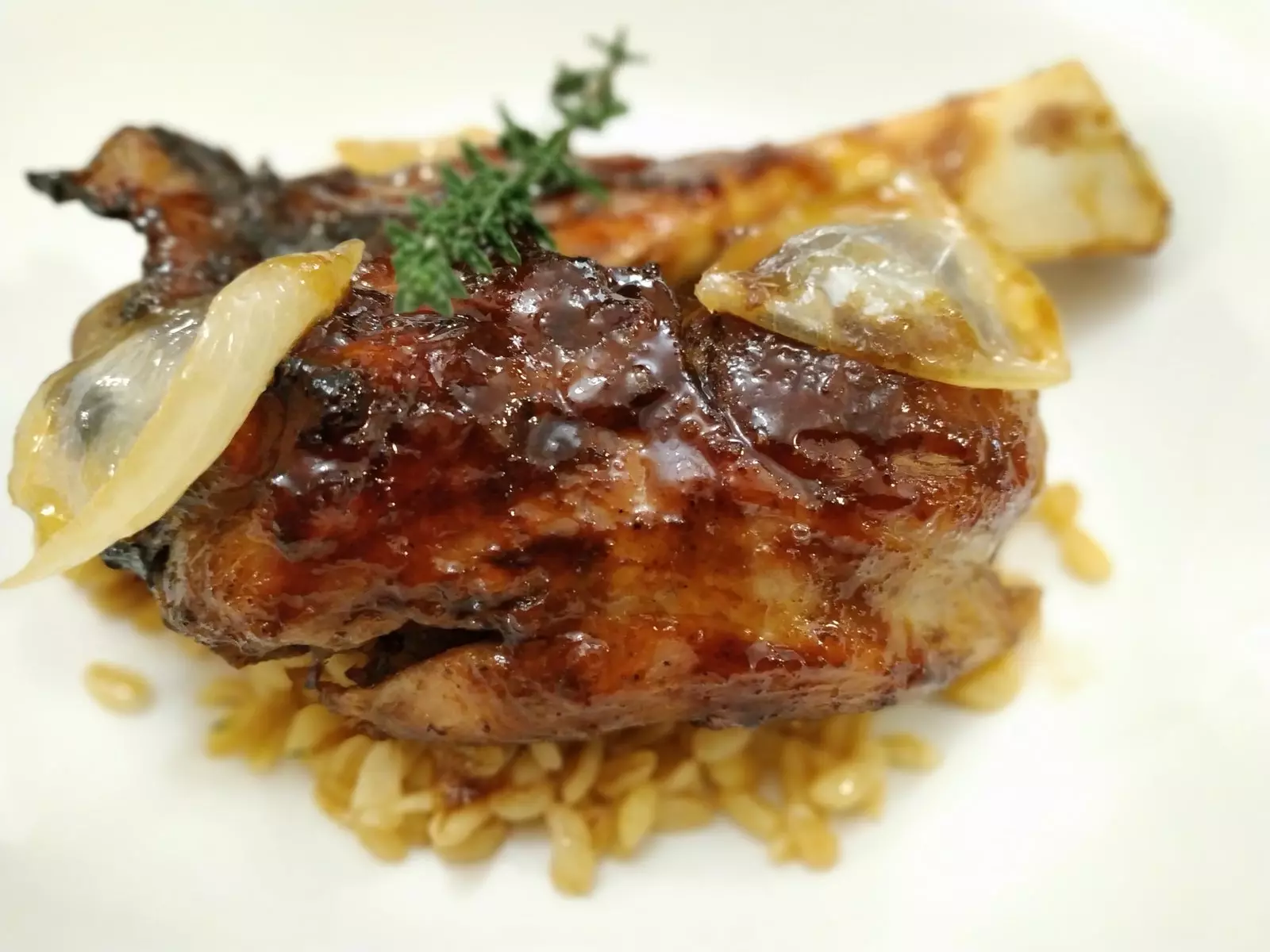
The pork knuckle baked in its juices with garum and wine is the main dish of the Roman banquet.
HISPANIC HAUTE CUISINE
Leaving aside the habit of eating lying on the left side around the triclinium, the sensory phase of this activity takes place in the restaurant La Caseta de Antonio, a few meters from Italica.
Leon proposes a lunch, convivium, which reconstructs the cuisine of the Roman high-imperial era. The archaeologist, a member of the Food Engineering and Technology Research Group of the University of Cádiz, enlivens the meal with his explanations while Diners appreciate a menu that includes wines, bread, dairy products, meat and the traditional fish sauce, garum. For this banquet, León collaborates with different companies associated with the Universities of Cádiz and Seville to reformulate the Roman cookbook.
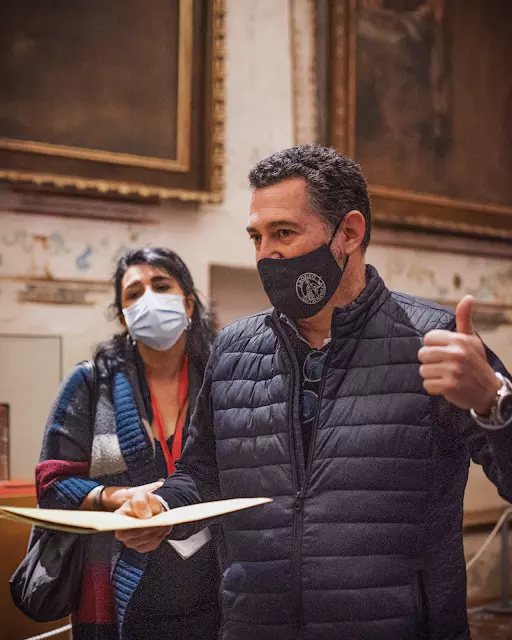
Manuel León, scientific director of Archaeogastronomy.
THE BANQUET
the starter, gustatio, is made up of payoya goat cheese, cured and fermented in rose wine. The conservation of this product follows the notes of the roman writer and scientist Columel to and is accompanied by hallec, a garum mousse.
The first dish, the premium mensa, are some meatballs, iscias, of mussels in garum sauce and warm bean salad with crispy figs (ficatum), toasted pine nuts and mustard.
The main course, caput cenae, It is a wonder that melts in the mouth: pork knuckle baked in its juice with garum and wine accompanied by rustic wheat.
There is more. Dessert. What the Romans called secunda mensa is a torrija, sweet aliter from Apicius, finished off with a Romano cheese ice cream whose ingredients include so many technicalities that it is best to devour it.
In this banquet the versatility of the garum, sometimes reduced to a definition of fish offal sauce. León's defense of this product is acute and in his last article Ars culinaria gari. He uses and culinary technique around Roman fish sauces, he qualifies it as "the expression of Roman haute cuisine". “The garum played a fundamental role in Roman gastronomy, amplifying the flavor of food, giving balance and palatability to preparations, fusing the flavors and aromas of ingredients with citrus, sweet or bitter notes”, he writes he.
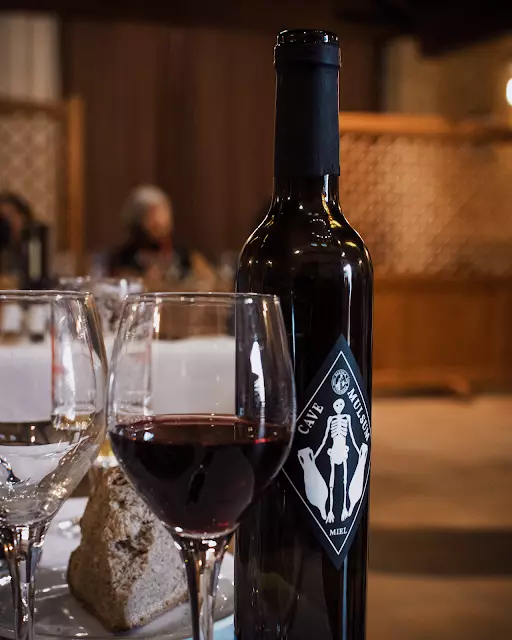
The mulsum was served to accompany the appetizer prior to the great Roman banquets.
PAIRING AND BREAD
This convivium is accompanied by various wines that follow the oenological technology of Roman times. They are wines to eat, very aromatic and that seek their medicinal roots. Among them, the mulsum. It is a wine whose second fermentation is made with honey and is served with appetizers and desserts. thanks to its pairing with both salty and sweet.
The second drink, sanguis, is a cloudy wine with a powerful flavor that is macerated with rose petals while antinous is a fragrant wine made with violet petals.
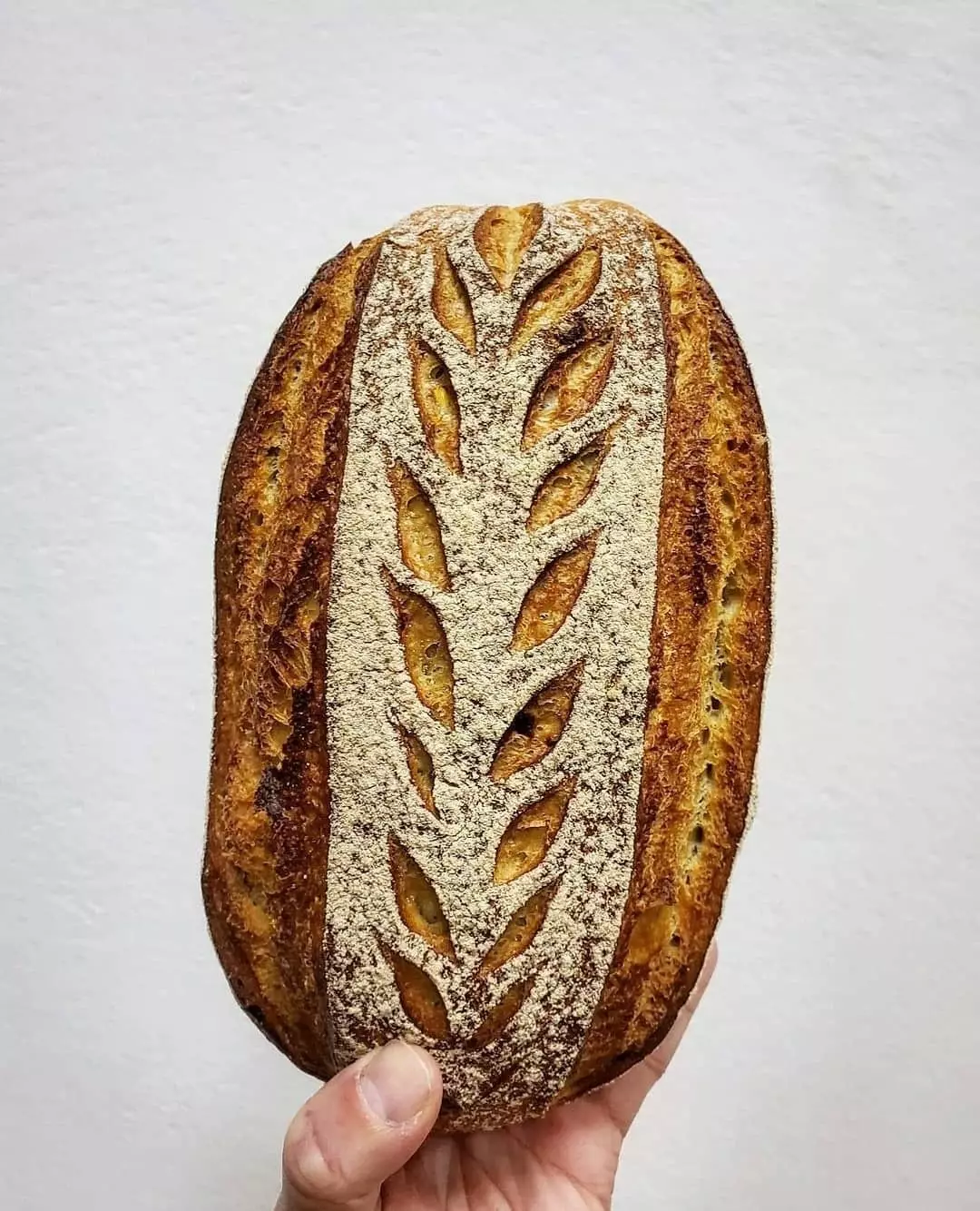
Payoya goat cheese tritordeum with infiltrations of honey Baetica mulsum wine and pistachios.
At this Roman banquet, bread is another fundamental element. León works with Lebrija baker Domi Vélez to make an einkorn cereal bread according to the treaties of the time. This panis quadratus reproduces Roman baking techniques and it is a product of perfect execution; with a golden and juicy crust where the sandy crumb gives it a rustic touch. Respect for fermentation times facilitates digestion. It is the example of Vélez's work in his mission for Recover old disused cereals.
Both the baker and Leon They jointly gave a presentation, The Ages of Bread, on June 2 within the II Edition of the Madrid International Pastry.
OTHER GOURMET OUTPUTS
Flavors of Itálica is not the only activity in which Archeogastronomy proposes a historical and gastronomic journey to Roman times. In Cádiz, León has promoted an urban tour to get to know the Flavors of Gades while also offering scientific beer tastings in the capital of Cadiz, event that recently also organized in the Alcarreño municipality of Torija.
